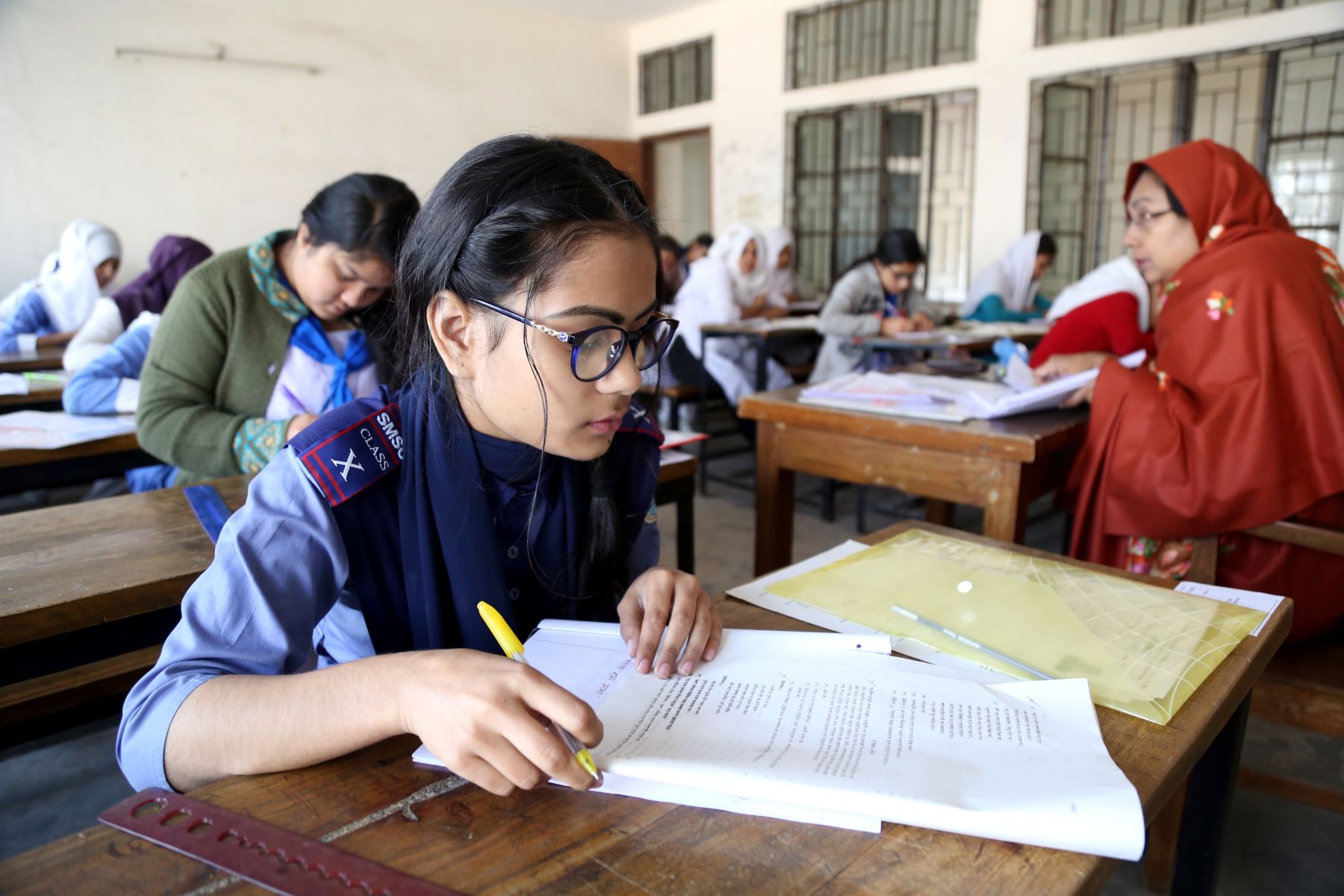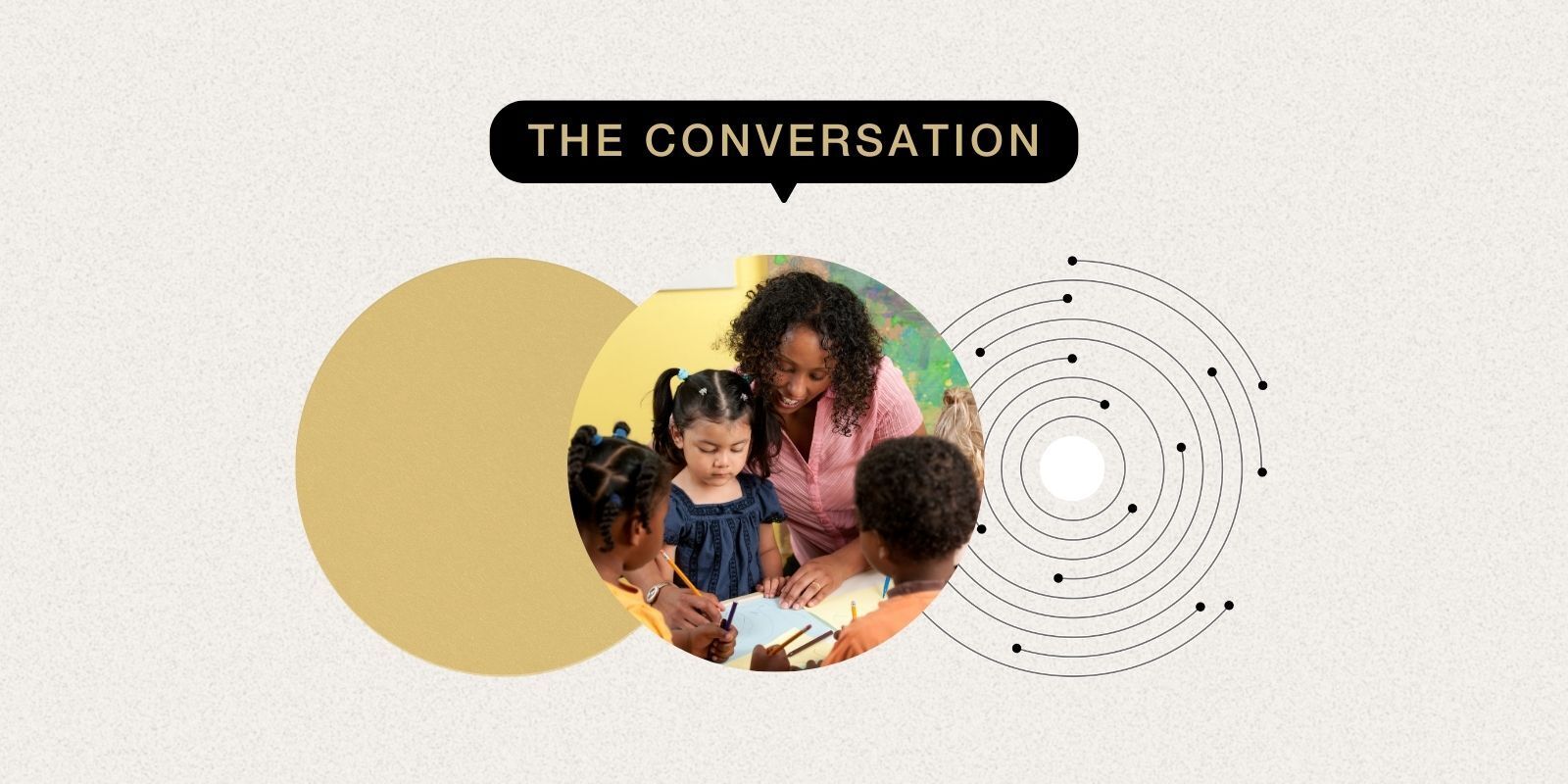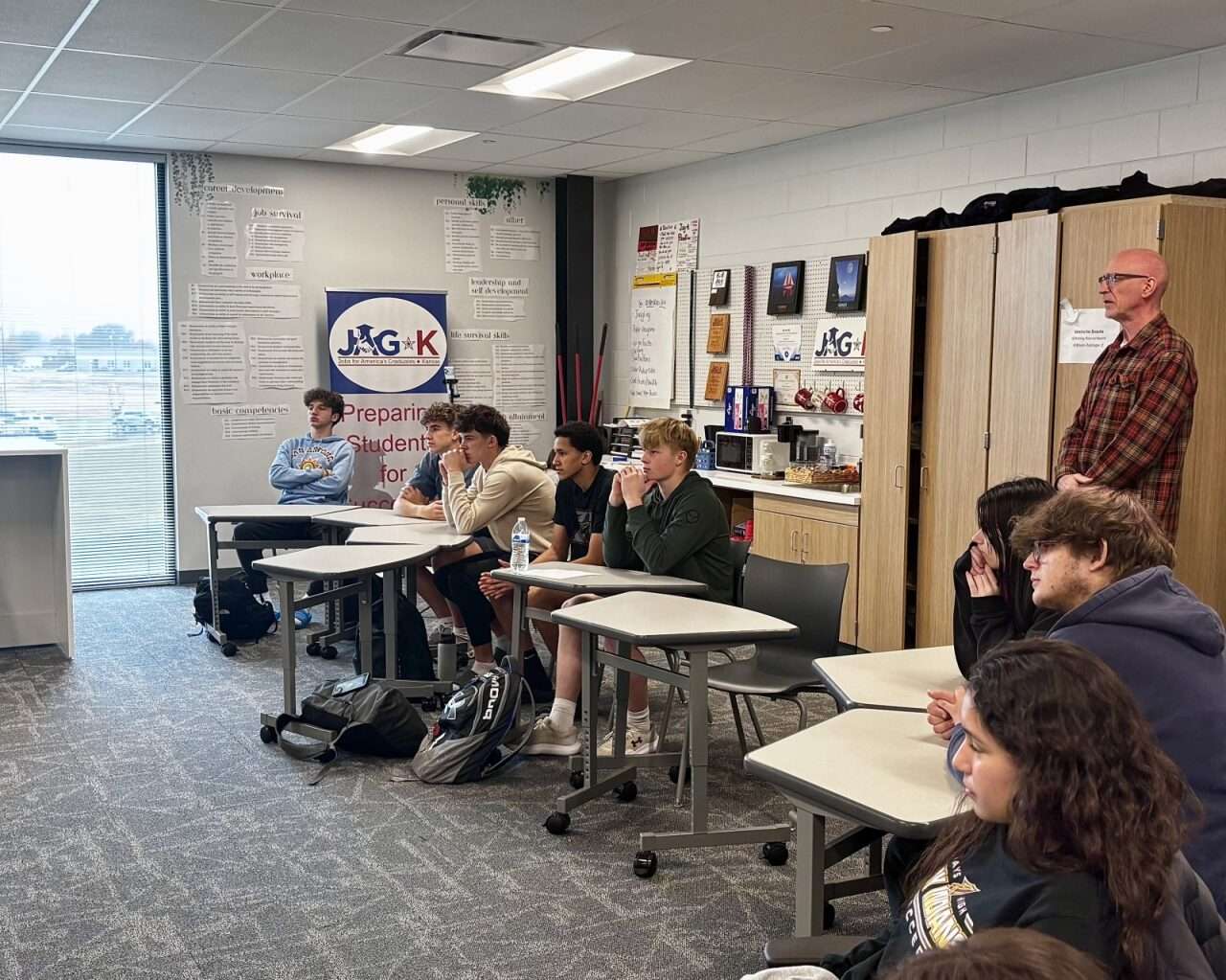Leveraging families as assets and champions to promote secondary school completion and success in Bangladesh – Brookings

Report on Family-School Partnerships for Achieving Sustainable Development Goals in Bangladesh’s Secondary Education
Introduction: Aligning with Sustainable Development Goal 4
The government of Bangladesh acknowledges that active family engagement is fundamental to achieving Sustainable Development Goal 4 (SDG 4), which aims to ensure inclusive and equitable quality education. Strong family-school partnerships are critical for student participation, learning outcomes, and well-being, directly supporting SDG Target 4.1 on completing quality secondary education. However, a significant gap exists between this recognition and national policy, which envisions a limited role for families, particularly in rural communities where barriers to education undermine progress towards SDG 4 and SDG 10 (Reduced Inequalities). As students transition to secondary education, strengthening these partnerships is crucial for ensuring they not only remain in school but also acquire the knowledge and skills needed for sustainable development, as outlined in SDG Target 4.7.
Analysis of Barriers to Quality Secondary Education (SDG 4)
Access, Equity, and Completion Rates
Bangladesh faces significant challenges in providing universal access to quality secondary education, a cornerstone of SDG 4. These challenges create disparities that conflict with SDG 5 (Gender Equality) and SDG 10 (Reduced Inequalities).
- Limited Public Access: With only 4% of secondary schools being public, the high cost of private education presents a major barrier, directly impacting SDG 1 (No Poverty) by straining family resources.
- Low Completion Rates: School completion rates drop from 64% at the lower secondary level to a mere 20% at the upper secondary level, indicating a failure to meet SDG Target 4.1.
- Rural-Urban Disparity: A stark inequality exists, with 80% of students who do not complete secondary school residing in rural areas. This disparity is a direct challenge to SDG 10.
- Socio-Economic Pressures: Pressure to enter the workforce and the prevalence of early marriage are significant obstacles, particularly for girls, undermining both SDG 4 and SDG 5.
Instructional Quality and Student Well-being
Beyond access and completion, the education system struggles with quality and student support, impacting the achievement of specific SDG targets.
- Quality of Instruction: Schools face difficulties in providing high-quality instruction that prepares youth for productive community roles, a goal linked to SDG 4.7 and SDG 8 (Decent Work and Economic Growth).
- Student Well-being: Safeguarding student mental health and well-being is a critical challenge, yet it is essential for creating the safe and inclusive learning environments called for in SDG Target 4.a.
A Multi-Stakeholder Approach to Educational Reform (SDG 17)
Policy Brief Objective and Methodology
This report aims to provide education system leaders with evidence-based strategies to deepen family, school, and community partnerships, leveraging SDG 17 (Partnerships for the Goals) to accelerate progress on SDG 4. The recommendations are intended for national bodies, including the Ministry of Education (MoE) and the Directorate of Secondary and Higher Education (DSHE), as well as district and school leadership.
Research Framework
The findings are based on a comprehensive, multi-stakeholder research initiative conducted from February 2023 to May 2024, exemplifying SDG 17 in action.
- Policy Analysis: An analysis of six national education policies was conducted to assess the current vision for family and community engagement.
- Field Research: A participatory, mixed-methods study was conducted in 14 rural and urban secondary schools. This research, a collaboration between the Education and Cultural Society (ECS) in Bangladesh and the Center for Universal Education (CUE) at the Brookings Institution, engaged directly with:
- 535 families
- 225 educators
- 973 students
Recommendations for an SDG-Aligned Education System
Key Findings
The research indicates that national education frameworks do not sufficiently harness the power of family, school, and community engagement as a strategic tool for achieving national education goals and the SDGs. A disconnect exists between policy and the on-the-ground support families and students require to overcome educational barriers.
Strategic Recommendations for National Education Leaders
To build a more resilient and equitable secondary education system aligned with the Sustainable Development Goals, the following actions are recommended:
- Strengthen Policy Frameworks for Partnership (SDG 17): Revise national policies to clearly define and support the roles of families and communities in education, establishing formal mechanisms for engagement to improve learning outcomes (SDG 4).
- Enhance Equity and Access (SDG 4.5, SDG 10): Implement targeted strategies and resource allocation for rural and remote secondary schools to address the severe urban-rural disparity in completion rates.
- Promote Inclusive and Safe Learning Environments (SDG 4.a): Integrate student mental health and well-being support systems into the core functions of secondary schools to ensure all students can learn and thrive.
- Foster Family-Centric Systems: Develop and implement evidence-informed strategies that build relational trust and create meaningful opportunities for families to engage with schools regarding their children’s learning and development, thereby advancing the overarching goal of quality education for all.
Analysis of SDGs, Targets, and Indicators
1. Which SDGs are addressed or connected to the issues highlighted in the article?
- SDG 4: Quality Education – The article’s primary focus is on the challenges within Bangladesh’s secondary education system, including access, completion rates, quality of instruction, and the need for family-school partnerships.
- SDG 5: Gender Equality – The mention of “early marriage” as a significant barrier to completing school directly connects the article’s themes to the goal of achieving gender equality and empowering all women and girls.
- SDG 10: Reduced Inequalities – The article explicitly points out the “significant disparities in school participation and completion rates between urban and rural communities,” highlighting the issue of inequality in access to education.
- SDG 1: No Poverty – The text identifies “high educational costs” and the “pressure to leave school to earn income” as major barriers to education, linking the issue directly to poverty and economic hardship faced by families.
2. What specific targets under those SDGs can be identified based on the article’s content?
- SDG 4: Quality Education
- Target 4.1: “By 2030, ensure that all girls and boys complete free, equitable and quality primary and secondary education…” This target is central to the article, which details the low completion rates in Bangladesh’s secondary schools (64% for lower secondary and 20% for upper secondary) and the struggle to provide “quality instruction.”
- Target 4.5: “By 2030, eliminate gender disparities in education and ensure equal access to all levels of education… for the vulnerable…” The article addresses this by highlighting “early marriage” as a barrier, which disproportionately affects girls, and by identifying rural students as a vulnerable group, with 80% of non-completers being from rural areas.
- Target 4.a: “Build and upgrade education facilities… and provide safe, non-violent, inclusive and effective learning environments for all.” This is relevant to the article’s point that schools are struggling to “safeguard students’ mental health and well-being.”
- SDG 5: Gender Equality
- Target 5.3: “Eliminate all harmful practices, such as child, early and forced marriage…” The article directly names “early marriage” as one of the key barriers preventing students from completing their secondary education in Bangladesh.
- SDG 10: Reduced Inequalities
- Target 10.2: “By 2030, empower and promote the social, economic and political inclusion of all, irrespective of… economic or other status.” The stark contrast in educational outcomes between urban and rural students, where “8 out of 10 (80%)” of those who do not complete secondary school are rural students, directly relates to this target of reducing inequality.
- SDG 1: No Poverty
- Target 1.2: “By 2030, reduce at least by half the proportion of men, women and children of all ages living in poverty…” The article connects to this target by identifying economic factors like “High educational costs” and the “pressure to leave school to earn income” as fundamental reasons for low school completion rates.
3. Are there any indicators mentioned or implied in the article that can be used to measure progress towards the identified targets?
- School Completion Rate: The article provides explicit data that serves as a direct indicator for Target 4.1. It states, “The school completion rate at the lower secondary grades (6 to 8) is 64%; however, it drops to 20% at the upper secondary grade (9 to 12).” This metric can be used to track progress in ensuring students complete secondary education.
- Disparity in Completion Rates (Rural vs. Urban): To measure progress towards Target 4.5 and 10.2, the article provides a key indicator of inequality: “Of the students who do not complete lower and upper secondary school, 8 out of 10 (80%) are rural students.” Tracking the reduction of this percentage would indicate progress in providing equitable access.
- Prevalence of Early Marriage: While no specific number is given, the article identifies “early marriage” as a barrier. Therefore, the rate of early marriage among school-aged children is an implied indicator for measuring progress on Target 5.3.
- School Dropout Rate due to Economic Reasons: The article implies this indicator by mentioning “High educational costs” and “pressure to leave school to earn income” as barriers. Measuring the proportion of students who drop out for these specific reasons would be a way to track the impact of poverty (Target 1.2) on education.
Summary Table of SDGs, Targets, and Indicators
| SDGs | Targets | Indicators |
|---|---|---|
| SDG 4: Quality Education | 4.1: Ensure all children complete free, equitable and quality primary and secondary education. | School completion rate at lower secondary (64%) and upper secondary (20%). |
| 4.5: Eliminate gender disparities and ensure equal access for the vulnerable. | Proportion of rural students among those who do not complete secondary school (80%). | |
| 4.a: Provide safe, inclusive, and effective learning environments. | Need to safeguard students’ mental health and well-being (qualitative indicator). | |
| SDG 5: Gender Equality | 5.3: Eliminate all harmful practices, such as child, early and forced marriage. | Prevalence of early marriage as a barrier to school completion. |
| SDG 10: Reduced Inequalities | 10.2: Empower and promote the social, economic, and political inclusion of all. | Disparity in school participation and completion between urban and rural communities. |
| SDG 1: No Poverty | 1.2: Reduce at least by half the proportion of people living in poverty. | High educational costs and pressure to leave school for income as barriers to education. |
Source: brookings.edu
What is Your Reaction?
 Like
0
Like
0
 Dislike
0
Dislike
0
 Love
0
Love
0
 Funny
0
Funny
0
 Angry
0
Angry
0
 Sad
0
Sad
0
 Wow
0
Wow
0
















































:focal(1500,1000)/https://media.globalcitizen.org/a6/9a/a69a4720-d8a1-4715-b596-18738d03c05c/rotary_polio_hero_image.jpg?#)







/countries/sri-lanka/photo-credit---dmc-sri-lanka.tmb-1200v.jpg?sfvrsn=dc298bcc_1#)


















